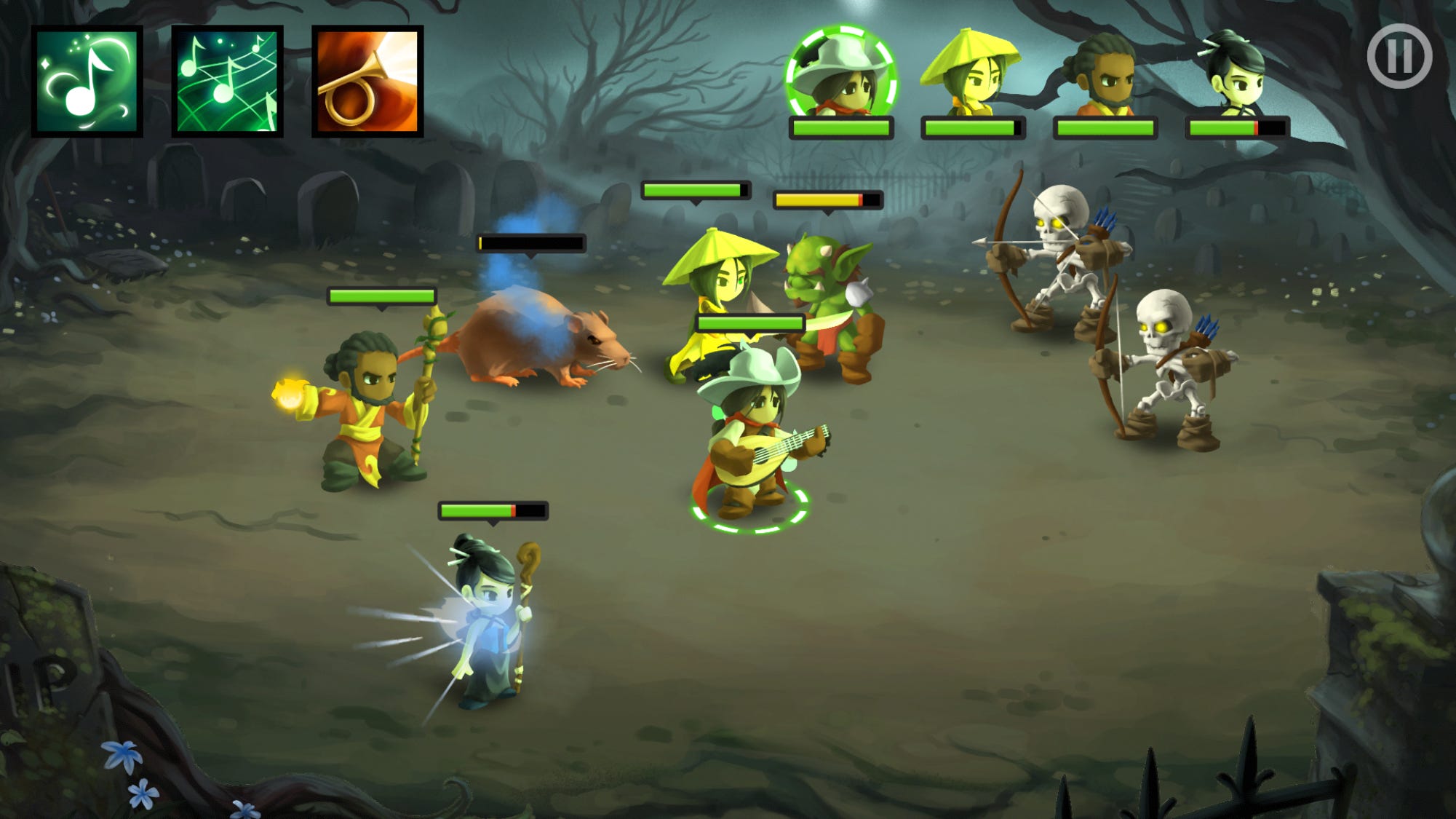| Look up rocket science in Wiktionary, the free dictionary. |
Rocket science is a primary branch of aerospace engineering.
Icons and skins of order to Mac-like using RocketDock the Windows.Windows を RocketDock を使って Mac 風にする為の アイコンとスキン. When describing something relatively straight-forward, people often say “it’s not rocket science”. However, that expression certainly doesn’t apply to this challenging, physics-based launching puzzle - which very much 'is' Rocket Science!Here, you have to drag, rotate, and launch explosive rocket missiles at awkwardly-positioned planets in a series of tricky levels.
It's not rocket science is a phrase meaning something that is not difficult to understand.

Rocket Science, It's Not Rocket Science and variants may also refer to:
Business[edit]
- Rocket science in finance, a professional activity
- Rocket Science Games, a video game development company
Rocket Science (meaty Okra Games) Mac Os Catalina
Entertainment[edit]
- Rocket Science (miniseries), a 2002 documentary series
- Rocket Science (film), a 2007 comedy-drama film
- Rocket Science (TV series), a 2009 BBC television series
- It Is Rocket Science, a 2011-14 BBC Radio 4 series
- It's Not Rocket Science, a British television show that aired on ITV in 2016.
Music[edit]
- Rocket Science (band), an Australian alternative rock band
- Rocket Science (Apoptygma Berzerk album), 2009
- Rocket Science (Hugh Blumenfeld album), by folk artist Hugh Blumenfeld
- Rocket Science (Tribal Tech album), by the jazz fusion band Tribal Tech
- Rocket Science (Béla Fleck and the Flecktones album), 2011
- Rocket Science (Wolf album), 2001
- Rocket Science (Rocket Science album), 2013
- Rocket Science (Rick Springfield album), 2016
- 'Not Rocket Science' (song), a six-song music album released by Be Your Own Pet in 2007
- 'Rocket Science', a song by Swedish group Icona Pop on the Spotify release of the album Icona Pop
ULA launches payloads to space aboard its Atlas V and Delta IV rockets, ranging from weather, telecommunications and national security satellites that protect and improve life on Earth to deep space and interplanetary exploration missions that further our knowledge of the universe.
Rockets, also called launch vehicles, play an important role in our lives. Rockets deliver satellites to space where they can begin to do their important work. Without rockets, we wouldn't be able to use our cell phones, watch a lot of our favorite television shows, find out the weather forecast, navigate with Global Positioning System (GPS), or explore our solar system—just to name a few.
Here's how it works—at liftoff the rocket’s powerful main engine starts and produces thrust. Thrust accelerates the rocket, with its payload, away from the launch pad. A typical rocket produces more than a million pounds of thrust that allows it to carry more than 6,000 pounds at speeds topping 22,000 miles per hour. This is equivalent to the power generated by 13 Hoover Dams, carrying the weight of eight horses, and traveling at speeds 15 times faster than a speeding bullet!
Rocket Science (meaty Okra Games) Mac Os X
After leaving Earth's atmosphere, the launch vehicle delivers its payload to the desired orbit or on its desired trajectory. Once properly placed, the payload can begin to do the work that makes all of our lives easier, more fun, and helps us to learn more about our planet, our solar system, and our universe.